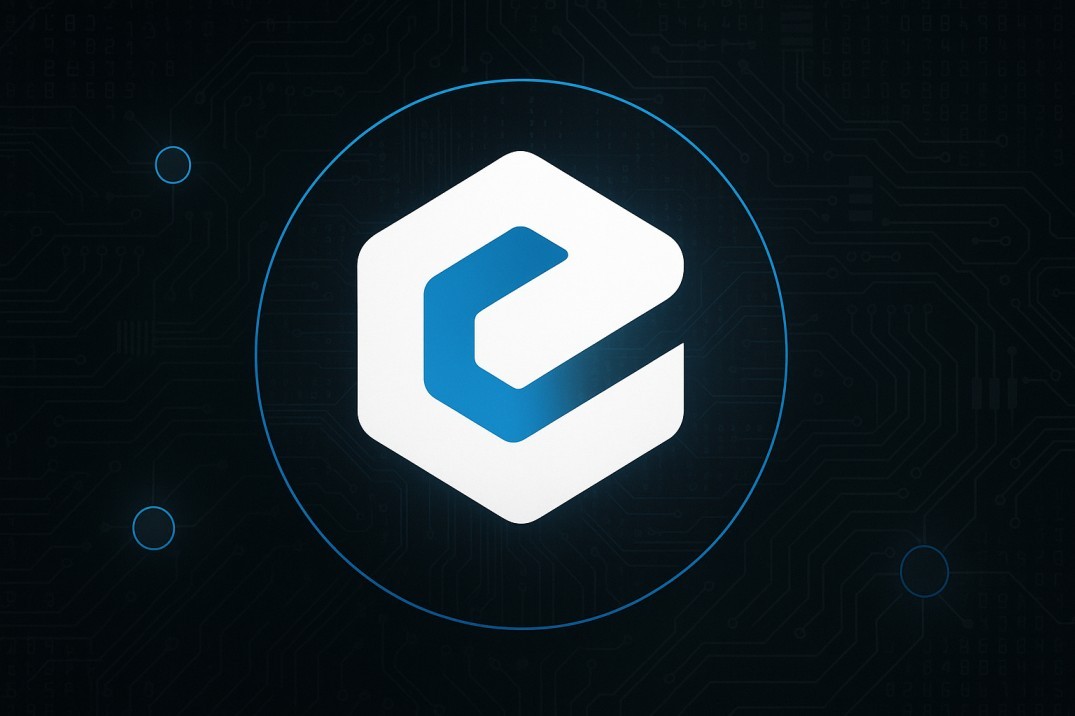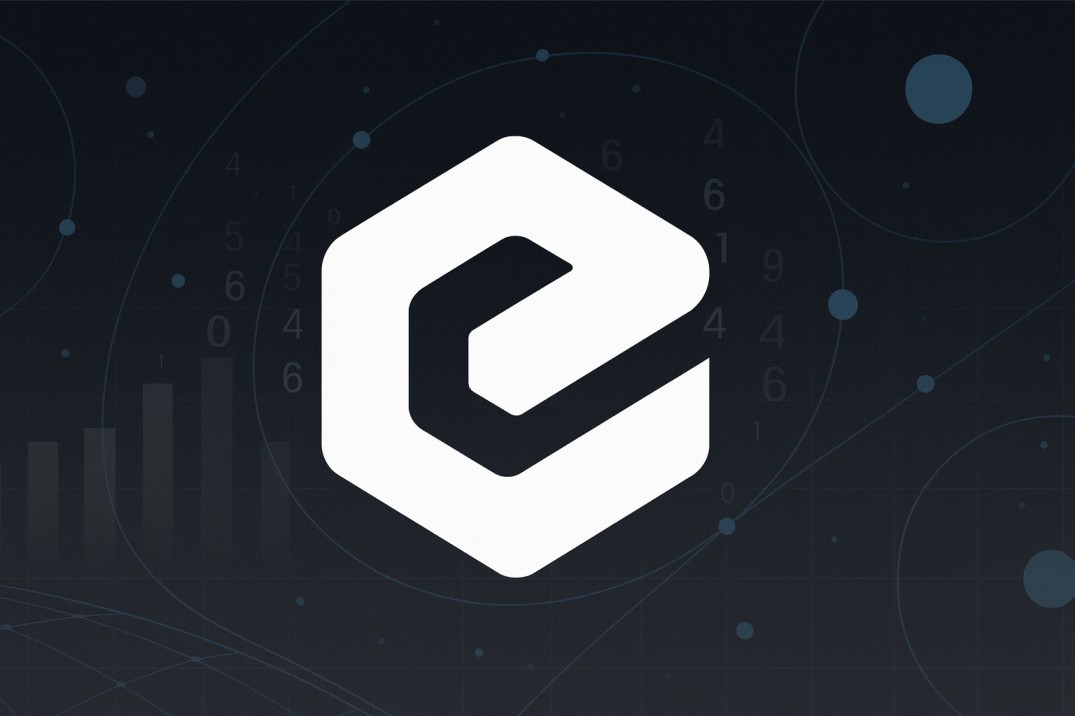TL;DR
- eCash (XEC) is the rebranded version of Bitcoin Cash ABC (BCHA), aiming to be a faster, more scalable, and more usable digital currency.
- Vision: The project focuses on becoming a simple payment method for everyday use, staying true to Satoshi’s vision of peer-to-peer electronic cash.
- Key Features: Fixed supply cap of 21 trillion XEC, staking-based consensus via Avalanche, and lower transaction costs compared to many cryptos.
- Adoption Goals: Targeting micropayments, e-commerce, and cross-border payments with usability improvements like small denomination units.
- Challenges: Faces stiff competition from established payment-focused projects (BTC, LTC, stablecoins), limited visibility compared to larger ecosystems, and reliance on broader adoption.
- Future Outlook: If adoption and ecosystem growth accelerate, eCash could carve out a niche as a user-friendly payments coin, though risks remain high.
In the fast-evolving world of cryptocurrencies, a few projects stay true to the original vision of digital cash-fast, cheap, and borderless peer-to-peer payments. eCash (XEC) is one of those rare initiatives. Launched in November 2020 as a continuation of the Bitcoin Cash ABC project, eCash was created with the mission to provide money that works for everyone, every day, without barriers.
What makes eCash particularly notable is how it combines Bitcoin's time-tested proof-of-work (PoW) foundation with Avalanche consensus, a groundbreaking protocol designed to bring speed, scalability, and real-time finality to blockchain transactions. This hybrid approach allows eCash to offer the robustness of Bitcoin alongside innovations like near-instant settlements, adaptive block sizes, token issuance, and permissionless subnetworks.
By setting an ambitious roadmap-scaling from today's ~100 transactions per second (TPS) to over 5 million TPS, supporting privacy layers, and enabling fork-free upgrades-eCash positions itself as more than just another Bitcoin fork. It is a vision of digital cash redesigned for global adoption.
Origins & Founding Vision

The story of eCash begins with Amaury Séchet, a French software engineer and one of the original key figures in the Bitcoin Cash (BCH) ecosystem. Séchet was the lead developer of Bitcoin ABC, the node software that powered Bitcoin Cash after its split from Bitcoin in 2017. Known for his strong technical opinions and commitment to scaling Bitcoin for global payments, Séchet often pushed for bold changes.
In November 2020, disagreements within the Bitcoin Cash community led to a split. Bitcoin ABC diverged from Bitcoin Cash, resulting in a minority fork temporarily known as Bitcoin Cash ABC (BCHA). Less than a year later, on July 1, 2021, the project rebranded to eCash (XEC), signaling a fresh start and a broader vision beyond Bitcoin's legacy. Séchet's goal was not just to preserve the digital cash vision but to fix the long-standing issues of scalability, upgradeability, and user experience. Under his leadership, the eCash team-many of whom specialize in distributed systems and scaling technologies-committed to building a blockchain capable of supporting billions of daily users.
Séchet himself brought a wealth of technical experience. Before his crypto journey, he worked as a software engineer at Facebook, focusing on database scaling, and was also a lead developer of the Snazzy D Compiler. His deep background in optimization and systems engineering shaped eCash's ambitious roadmap. Unlike many projects that split from Bitcoin or Ethereum to chase hype cycles, eCash has consistently emphasized scaling, usability, and stability. Its mission is grounded in making cryptocurrency practical for everyday use-from microtransactions and stablecoins to DeFi applications and global payments.
What Makes eCash Unique?

Several features set eCash apart from other cryptocurrencies:
1. Avalanche Consensus Integration
eCash is the first Bitcoin-derived blockchain to integrate Avalanche post-consensus. This protocol allows nodes to finalize blocks securely within seconds, reducing the risk of reorgs and improving reliability. A forthcoming upgrade, Avalanche pre-consensus, will enable transactions to be finalized in under two seconds. This means users and businesses can rely on near-instant, irreversible payments, addressing one of Bitcoin's biggest usability problems.
2. Permissionless Subnets
Using Avalanche, eCash supports subnets-custom chains pegged to the main chain. These can host specialized functions like an EVM-compatible subnet for DeFi or a Zero-Knowledge subnet for privacy, allowing experimentation without disrupting the main network.
3. eTokens & NFTs
eCash includes a native token layer called eTokens, built as an improved version of Bitcoin Cash's Simple Ledger Protocol (SLP). These tokens can represent stablecoins, utility tokens, or NFTs. Users can create and trade them directly in the Cashtab wallet, with support for gas-less transactions (fees paid in the token itself).
4. Scalability Roadmap
The eCash roadmap includes features like:
- Canonical Transaction Ordering - to simplify validation.
- Schnorr Signatures - enabling batch validation and efficiency.
- Graphene block propagation - faster block sharing across nodes.
- Adaptive Block Sizes - scaling to market demand, with a vision of handling 1TB blocks.
- The ultimate goal? 5 million TPS, enough to support 10 billion daily active users.
5. Staking Rewards
In November 2023, eCash introduced staking rewards-making it the first Bitcoin-derived chain to do so. Anyone running a Bitcoin ABC node with Avalanche enabled and at least 100 million XEC can earn rewards by helping secure the network.
How Does eCash Work?
At its core, eCash remains a proof-of-work blockchain. Miners validate transactions and produce blocks much like Bitcoin. However, eCash overlays Avalanche consensus to provide additional layers of security and speed.
- Proof-of-Work (PoW): Prevents spam, ensures security, and establishes the base chain.
- Avalanche Post-Consensus: Finalizes blocks quickly, reducing confirmation wait times.
- Avalanche Pre-Consensus (coming soon): Will allow transactions to be instantly finalized before they're even included in a block.
This hybrid approach allows eCash to retain Bitcoin's trustless nature while addressing its inefficiencies. Unlike other PoS chains, Avalanche on eCash is not responsible for producing blocks but for finalizing them securely.
Tokenomics of eCash (XEC)
Max Supply: 21 trillion XEC (equivalent to Bitcoin's 21 million BTC supply, but redenominated for usability).
Circulating Supply: Over 95% already distributed, since the chain inherits Bitcoin's mining history dating back to 2009.
Distribution Model: Follows Bitcoin's halving schedule-block rewards halve every 210,000 blocks (~4 years).
Unit Design: 1 XEC = 100 satoshis (bits), making smaller transactions easier to understand.
This redenomination was intentional: handling integers instead of decimals makes eCash more user-friendly for mass adoption. For example, paying 50 XEC feels simpler than sending 0.00005 BTC.
Key Events in eCash's Development
- Nov 15, 2020: Fork from Bitcoin Cash, creation of Bitcoin Cash ABC (BCHA).
- Jul 1, 2021: Official rebrand to eCash (XEC).
- Sep 14, 2022: Avalanche Post-Consensus activated. Exchanges integrate faster deposits.
- Nov 15, 2023: Staking Rewards launched-the only Bitcoin-based chain with staking.
- Apr 4, 2024: Chronik indexer released, simplifying development.
- Oct 1, 2024: Agora Marketplace launched, enabling decentralized swaps between XEC and eTokens.
- Nov 15, 2024: Heartbeat Upgrade introduced real-time difficulty adjustment, improving block stability.
Each milestone has brought eCash closer to its goal of being the most efficient, scalable, and user-friendly digital cash system.
How Is the Network Secured?
Security in eCash relies on a hybrid model:
- Proof-of-Work (PoW): Miners validate transactions and produce blocks.
- Avalanche Consensus: Adds a second layer of protection by finalizing blocks and transactions quickly.
- Staking Proofs: Provide Sybil resistance in Avalanche's consensus polling, reducing risks of double spends or 51% attacks.
This layered approach makes eCash less vulnerable than traditional PoW chains of similar size, particularly important since it's a minority fork and doesn't have Bitcoin's overwhelming hash power.
Challenges and Risks
Despite its innovative design, eCash faces several challenges:
1. Adoption vs. Awareness
While the tech is advanced, eCash is relatively under the radar compared to Bitcoin, Ethereum, or Solana. Breaking through requires strong community growth and real-world adoption.
2. Execution of Ambitious Roadmap
Scaling to 5 million TPS and implementing 1TB blocks are extraordinary engineering challenges. Delivering on this promise is essential for credibility.
3. Competition
eCash competes with established smart contract platforms (Ethereum, Solana, Avalanche) and payment-focused chains (Litecoin, Dash, XRP). Differentiating itself is crucial.
4. Regulatory Landscape
As a payment-focused cryptocurrency, eCash could face tighter scrutiny from regulators concerned with privacy or stablecoin integrations.
5. Network Hashrate
As a smaller PoW chain, eCash's mining security is lower than Bitcoin's, though Avalanche mitigates reorg risks. Still, attracting enough hashpower remains a long-term concern.
Future Outlook
eCash is aiming to be more than just "another Bitcoin fork." With its Avalanche-powered consensus, staking rewards, token issuance, and DeFi integrations, it positions itself as a scalable, feature-rich digital cash network.
Its success depends on two key factors:
- Delivery on technical goals (instant finality, subnet interoperability, high TPS).
- Adoption by users, businesses, and developers, particularly in regions where low-cost, fast digital cash is most needed.
If it succeeds, eCash could become the go-to blockchain for global peer-to-peer payments, stablecoins, and lightweight DeFi applications-realizing the vision of everyday digital cash.
Conclusion
eCash (XEC) is a bold attempt to bridge Bitcoin's original mission with the demands of modern blockchain users. By fusing PoW security with Avalanche speed and flexibility, it offers a rare combination: trustless, decentralized, scalable, and user-friendly money.
From its roots in Bitcoin Cash ABC to its present innovations, eCash reflects both a continuation of the digital cash dream and a reinvention of what's possible with blockchain technology. While challenges remain, its roadmap and vision set it apart in an industry where many projects chase hype rather than usability. As Amaury Séchet and his team often emphasize: the goal is to build a system of money that billions can rely on, every day.
ALSO READ: COTI V2 Use Cases: Setting a New Benchmark for Blockchain Privacy











